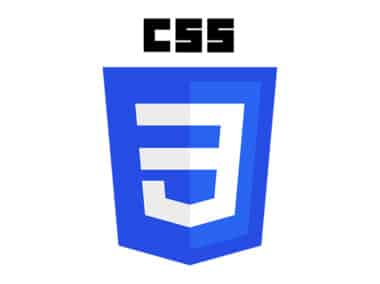When it comes to creating web pages, following best practices can help optimize performance, write efficient code, and organize your code using modules. Here are some of the best practices for using HTML:
Optimize Performance
Optimizing the performance of your web page can improve user experience, reduce bounce rates, and increase engagement. To achieve this, you can follow these best practices:
- Minimize the use of external resources such as images, stylesheets, and scripts. This reduces the number of HTTP requests made by the browser, which can improve page load times. You can use image compression tools to reduce image file sizes and combine multiple stylesheets and scripts into a single file.
- Use CSS sprites to combine multiple images into a single file. This reduces the number of HTTP requests and can improve page load times. You can also use lazy loading for images that are not immediately visible to the user.
- Use Gzip compression to reduce the size of files sent from the server to the browser. This can significantly reduce page load times. You can enable Gzip compression on your web server or use a CDN that supports Gzip compression.
- Use a CDN (Content Delivery Network) to deliver static content such as images, stylesheets, and scripts. This can improve page load times by serving content from servers located closer to the user. You can use a popular CDN like Cloudflare or Akamai.
Write Efficient Code
Writing efficient code can help reduce development time, improve code maintainability, and enhance scalability. Here are some best practices for writing efficient HTML code:
- Use semantic HTML. Semantic HTML uses tags that describe the content within them, which improves the accessibility and understandability of the page. Using semantic tags like <header>, <nav>, <main>, <section>, and <footer> can make your code more readable and easier to maintain.
- Use HTML5 tags to describe the structure of the page. HTML5 tags are designed to provide a more meaningful structure to your code. This improves the readability and maintainability of the code.
- Use proper indentation and comments to make the code more readable and maintainable. Proper indentation can make it easier to identify the structure of your code, while comments can help you and other developers understand the code.
- Avoid using deprecated tags and attributes such as <font>, <center>, and <bgcolor>. These can cause compatibility issues with newer browsers and devices. Instead, use CSS to style your content and align elements.
Organize Code Using Modules
Organizing your code using modules can help reduce code duplication, improve code scalability, and enhance maintainability. Here are some best practices for organizing your HTML code into modules:
- Use a CSS preprocessor such as Sass or Less to organize CSS code into modules. This makes it easier to maintain and update the code. You can use variables, mixins, and functions to write reusable code.
- Use a JavaScript module bundler such as Webpack or Rollup to organize JavaScript code into modules. This improves the maintainability and scalability of the code. You can use modules to encapsulate related functionality and reduce the size of your code.
- Use a templating engine such as Handlebars or Mustache to organize HTML code into modules. This improves the reusability and maintainability of the code. You can use templates to create reusable components and reduce code duplication.
By following these best practices, you can create web pages that are optimized for performance, efficient, and organized.




